January 2019 Investment & Economic Update

As we start the New Year, we take a look at how the investment markets, global economy and commodity prices are performing.
The FTSE 100 index of leading UK company shares continued its downward trend throughout December. It finished the month at 6,728.13 points, down from 6,970.78 points at the end of November. This represents a decrease of 242.65 points or 3.48% during the month.
The London index finished down 12% for the year marking the end of a turbulent year for global investment markets. European and Asian stock markets faced similar losses in 2018, while the main US indices saw their worst performance since the 2008 financial crisis.
The Bank of England cut its UK economic growth forecast for the final quarter of 2018 from 0.3% to 0.2%. The Bank said that uncertainty over the UK's departure from the EU had “intensified considerably” over the past month and the lack of Brexit clarity is negatively affecting the economy.
The Office for National (ONS) released inflation data that saw a slight decrease in the Consumer Prices Index (CPI) from 2.4% in October to 2.3% in November, the lowest figure since March 2017. A big drop in the cost of crude oil saw petrol prices fall but this was counter-balanced by the rise in tobacco prices after the budget.
The Monetary Policy Committee (MPC) unanimously agreed to keep interest rates at 0.75% in December, against a backdrop of weaker inflation data and global growth.
Data from the latest IHS Markit/CIPS UK manufacturing Purchasing Managers’ Index (PMI) saw a slight acceleration in the rate of expansion during December. The rate increased from 53.6 in November to a six month high of 54.2 in December. An index reading above 50 indicates growth.
Inflows of new work strengthened from both domestic and export markets, with the latter benefiting from improved demand from the USA, Europe, China, India, Brazil and Africa and there was a good increase in stocks of purchases.
Manufacturers linked increases in both domestic and overseas demand to clients purchasing to build up safety stocks to mitigate potential Brexit disruption. Depending on how Brexit pans out,, we could well see the PMI index fall later this year.
In Europe, the Centre for Economic and Business Research gave its annual predictions for the Eurozone in 2019. The think tank warned that “internal contradictions” would force the Eurozone to either “integrate economically” or “risk breaking up.”
There are several issues causing concern over the European Union’s economic growth prospects, namely Brexit, the escalating tensions between US and China over trade, and Italy’s £2.2 trillion debt level. Guntram Wolff, a director at Brussel’s based economic think tank Bruegel, commented : “I would argue that risks to growth have increased and that the overall growth numbers will look worse than predicted by official institutions.”
Meanwhile in the US, third quarter GDP growth has been revised down slightly from an annualised rate of 3.5% to 3.4%. Despite this, economic growth is expected to be strong enough to keep growth on track with President Trump’s 3% target for the year.
However, the Federal Reserve lowered its forecast for US economic growth in 2019 to 2.3%, down from 2.5% previously forecast in September 2018, amid signs of weaker global growth and an increase in volatility in financial markets.
The central bank increased interest rates four times throughout 2018 and had previously indicated a further three rises were planned for 2019. The bank has now signalled that there will be just two rates in 2019 and it will “continue to monitor global economic and financial developments and assess their implications for the economic outlook.”
Turning now to China, government data revealed that the country’s enormous factory sector contracted in December for the first time since 2016, the latest sign that the world’s second largest economy is experiencing weakening momentum.
Recent data has suggested the contraction the result of a slowdown in export orders amid ongoing trade tensions between China and the US.
Analysts at the US ratings agency Moody’s published a research note in December stating that, “The drivers of China's slowdown have yet to have their full impact on the economy,” and, “This creates a high degree of uncertainty and risk.”
Some market strategists believe that the global economy will avoid an immediate recession but still predict a downturn over the short to medium-term.
Returning to the UK, house price growth remains subdued according to two of the UK’s largest mortgage lenders.
Both Halifax and Nationwide reported that house prices increased by 0.3% during November, taking average UK house prices to £224,578 and £214,044 according to the respective lenders.
Robert Gardner, Nationwide Building Society's chief economist, stated that, “In the near term, the squeeze on household budgets and the uncertain economic outlook is likely to continue to dampen demand, even though borrowing costs remain low and the unemployment rate is near 40-year lows.”
He added: “If the uncertainty lifts in the months ahead and employment continues to rise, there is scope for activity to pick-up through next year.”
At the time of writing, £1 currently buys $1.2551 or €1.1041, the Forex Gold Index is $1,287.40/oz and the Silver Index is $15.49/oz. Brent Crude Oil Futures price is currently $53.23/barrel.
The expectation for investors is that the year will see continued uncertainty and volatility, so for advice on investments or a review of your portfolio, simply contact Kellands.
